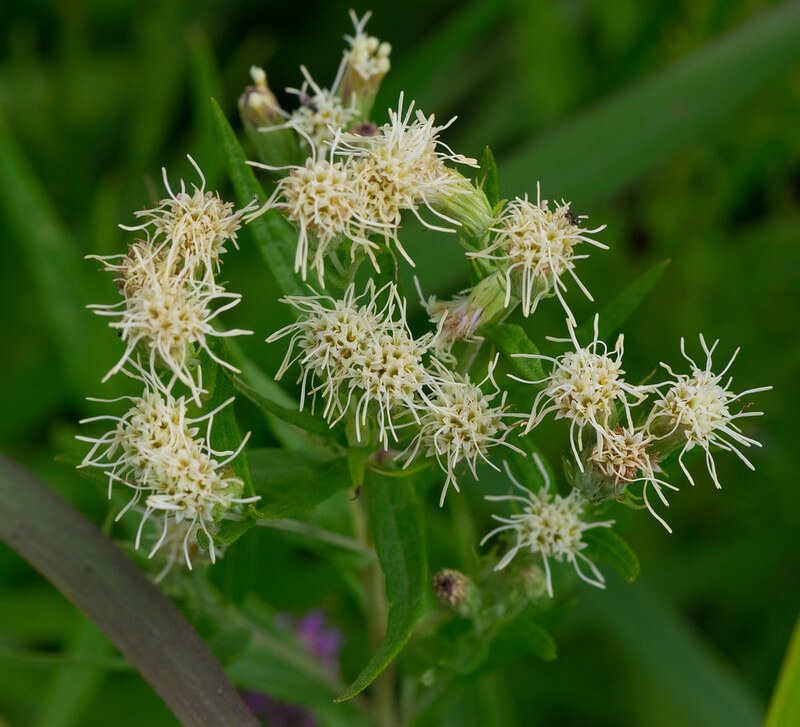 Image 1 of
Image 1 of


Wintergreen (Gaultheria procumbens)
Winterberry is such a great plant. Its flowers attract native bees and the berries are a food source for birds and mammals (illnoiswildflower.info). It is a sub-shrub that provides protective cover for nests and although it can make an excellent shade-loving ground cover, growth and development are relatively slow (illinoiswildflower.info). Winterberry seems to like a soil that’s a bit more on the acidic side and it will produce more flowers and fruits when planted in brighter locations. The crushed leaves smell so good, this is the plant wintergreen oil is made from.
Winterberry is such a great plant. Its flowers attract native bees and the berries are a food source for birds and mammals (illnoiswildflower.info). It is a sub-shrub that provides protective cover for nests and although it can make an excellent shade-loving ground cover, growth and development are relatively slow (illinoiswildflower.info). Winterberry seems to like a soil that’s a bit more on the acidic side and it will produce more flowers and fruits when planted in brighter locations. The crushed leaves smell so good, this is the plant wintergreen oil is made from.
Winterberry is such a great plant. Its flowers attract native bees and the berries are a food source for birds and mammals (illnoiswildflower.info). It is a sub-shrub that provides protective cover for nests and although it can make an excellent shade-loving ground cover, growth and development are relatively slow (illinoiswildflower.info). Winterberry seems to like a soil that’s a bit more on the acidic side and it will produce more flowers and fruits when planted in brighter locations. The crushed leaves smell so good, this is the plant wintergreen oil is made from.
Life Cycle: Perennial
Sun Exposure: Partial, Light Shade
Soil Moisture: Medium-wet, Medium, Medium-dry
Height: 3-8 inches
Plant Spacing:
Bloom Time: June-July
Bloom Color: White
Advantages: Pollinator Favorite, Bird Favorite, Great Landscape Plant
Host: 3 species of butterflies and moths use this as a caterpillar host plant in our area (nwf.org)





